Everyone’s talking about the wonderful weather we’ve been enjoying the past few weeks. Spring is in the air. Or is it? Whether you like to putter in the garden or be out hiking, the warblers are calling to you.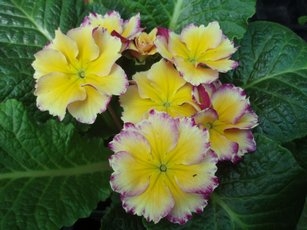 But is it unusual to have warm weather around here in January? Not at all. Just last year before the rains started we had several weeks of Caribbean-like weather. Back in 2009 during the first two weeks of January temps were in the 70’s and low 80’s. Don’t worry. Mother Nature knows how to adjust to changes in the weather- slowing down when it’s really cold and catching up when it’s mild.
But is it unusual to have warm weather around here in January? Not at all. Just last year before the rains started we had several weeks of Caribbean-like weather. Back in 2009 during the first two weeks of January temps were in the 70’s and low 80’s. Don’t worry. Mother Nature knows how to adjust to changes in the weather- slowing down when it’s really cold and catching up when it’s mild.
Most plants will acclimate to a gradual return to more normal cooler late winter temperatures. We’re lucky here that we don’t get snow ’cause that’s when nature can really deliver a wallop to tender new growth and buds. If winter remains mild plants may bloom a little earlier. Lilacs, apples and grapes, for example,may flower a week earlier. Weeds can really become aggressive and pests and diseases that were held in check by the cold may become more of a problem. Lifestyles of beneficial insects may get out of sinc with the pests they help control.
Plants make the most of warmer weather. Lawns and other groundcovers, for instance, benefit from warm temperatures in winter. Root growth is encouraged in existing areas and young seedlings planted last fall become established quicker. If temperatures return to winter norms, grasses will "harden off" and be fine in spring.
Fruit trees usually have no problems with a warm streak. A prolonged warm spell could cause low-chill varieties of peaches, plums and cherries to break bud and flower but these conditions are rare.
It’s a similar story for ornamental trees and shrubs. "Most woody plants have evolved to deal with a brief spell of unseasonably warm weather," says Nina Bassuk, woody plant specialist and director of the Urban Horticulture Institute. Buds won’t open during the first warm spell and then get killed by a return to cold temperatures because buds require a period of cold temperatures to break dormancy. Only some may begin to flower prematurely and risk losing those flowers but the long-term health of most plants probably won’t be affected.
Strawberries are oblivious to the weather. Blackberries and some raspberries are another story. Like some fruit trees, their chilling requirements may have already been met, their buds are swelling and they’re ready to take off. A rapid chill could freeze the buds and canes begin to die from the top down. But even if the entire cane dies, healthy new canes will emerge in spring. The early summer berry crop could be lost but fall berries will be fine.
Most bulbs and perennial flowers should come through a warm spell just fine. The buds of these plants are at or below ground level and often protected further by mulch or leaves. Even if temps return for below freezing, late winter cleanup of old stems will get rid of any winter dieback.
Enjoy this hint of spring. It won’t last for long.

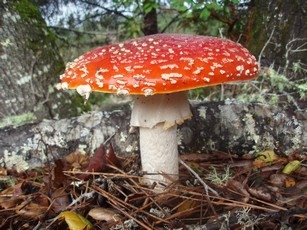
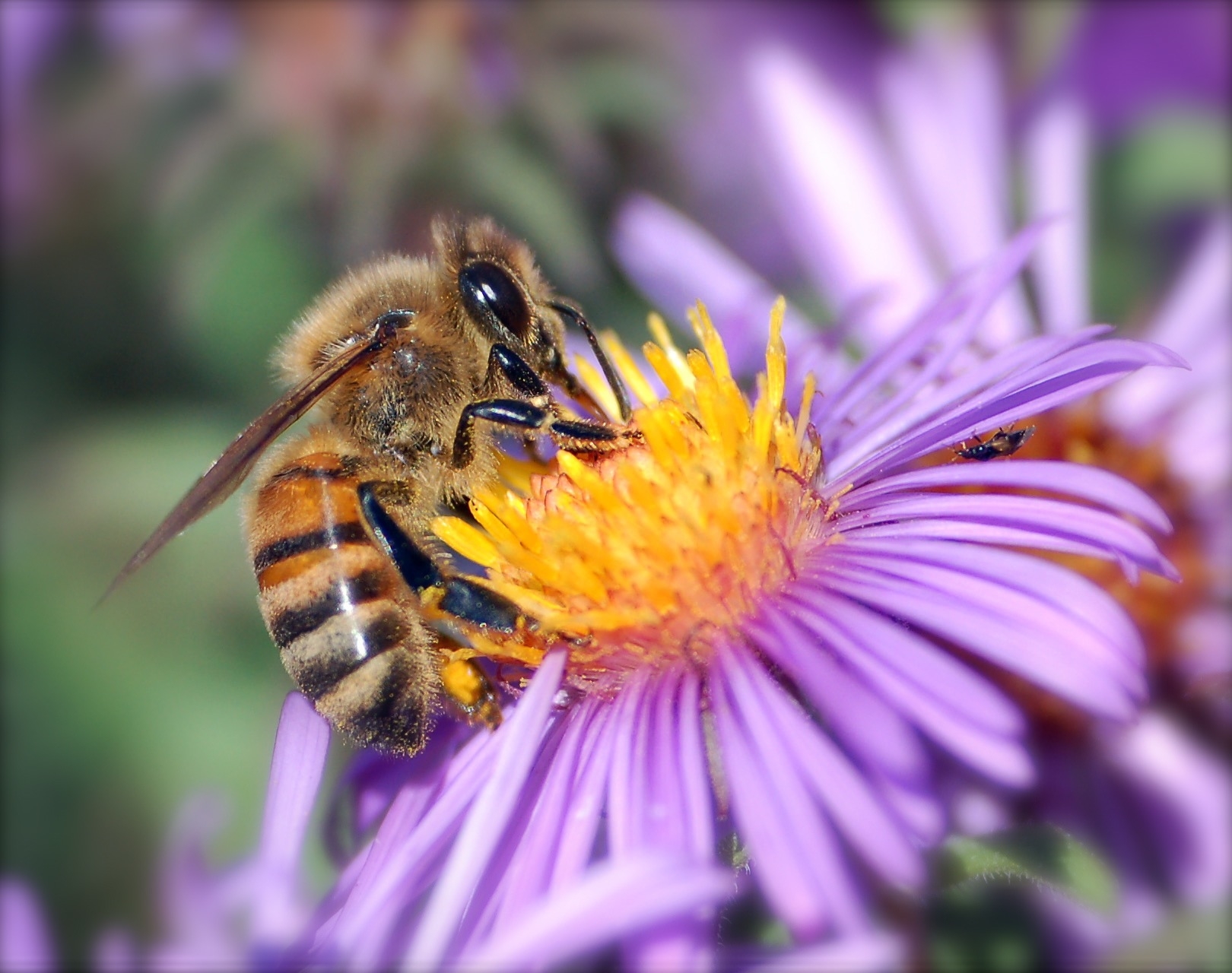 pollinate your plants.
pollinate your plants.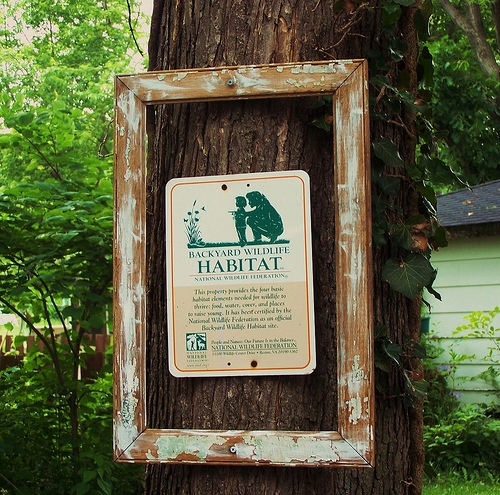
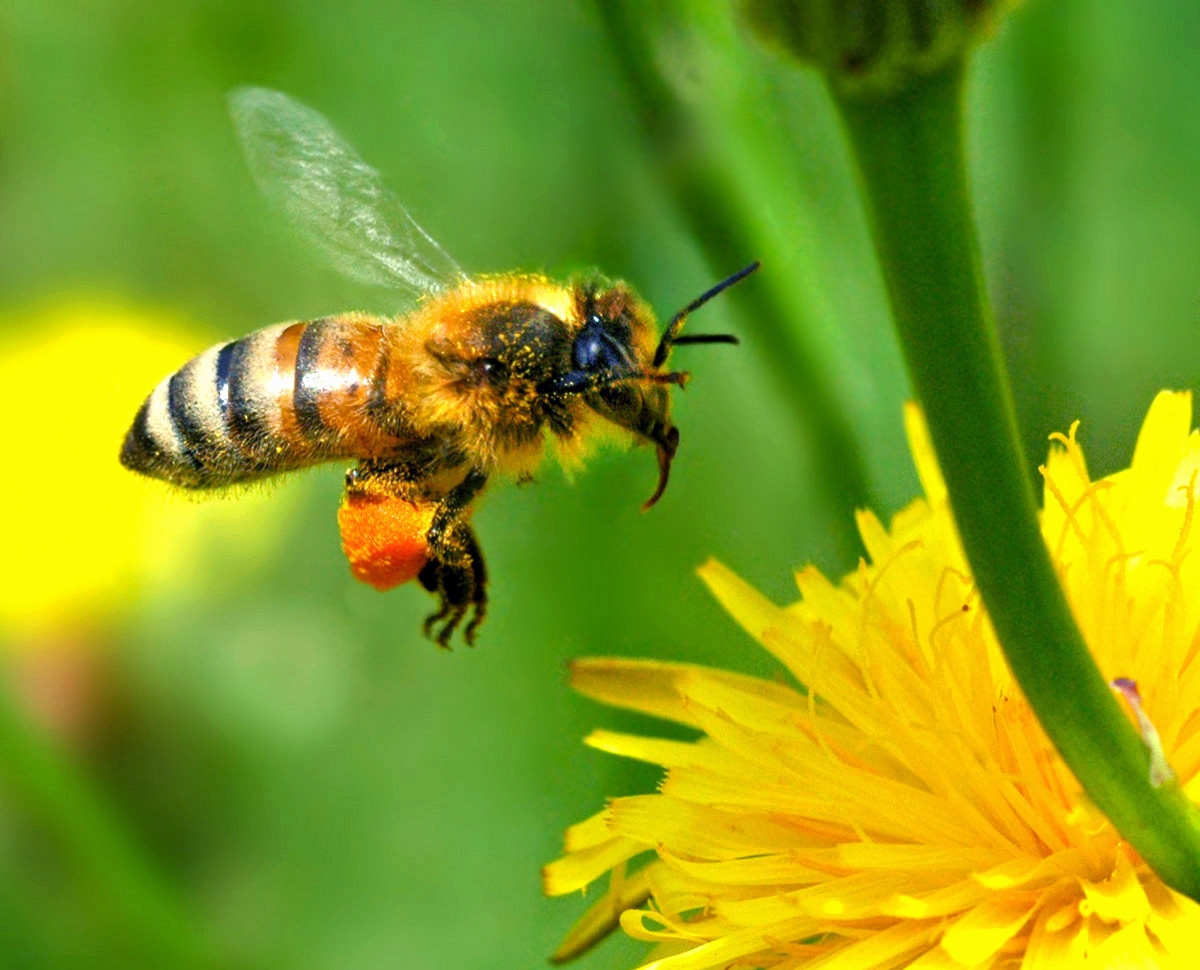 , through the whole growing season. Choose several colors and shapes of flowers, plant flowers in clumps and plant where bees will visit- in sunny spots sheltered from strong winds.
, through the whole growing season. Choose several colors and shapes of flowers, plant flowers in clumps and plant where bees will visit- in sunny spots sheltered from strong winds. 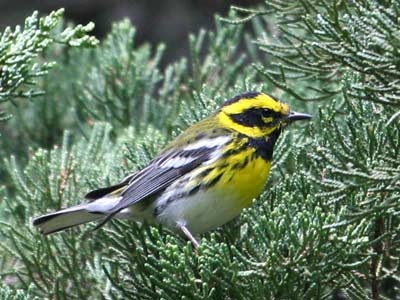 e many resident birds that help me in the garden as they go about their business of nesting and raising their young. Ladybugs and other beneficial insects also do their part but it’s the songbirds I depend on to really get in there and do a clean sweep. As if that’s not enough I get to hear them sing and call to each other and enjoy their bright plumage as they flit through the trees.
e many resident birds that help me in the garden as they go about their business of nesting and raising their young. Ladybugs and other beneficial insects also do their part but it’s the songbirds I depend on to really get in there and do a clean sweep. As if that’s not enough I get to hear them sing and call to each other and enjoy their bright plumage as they flit through the trees.